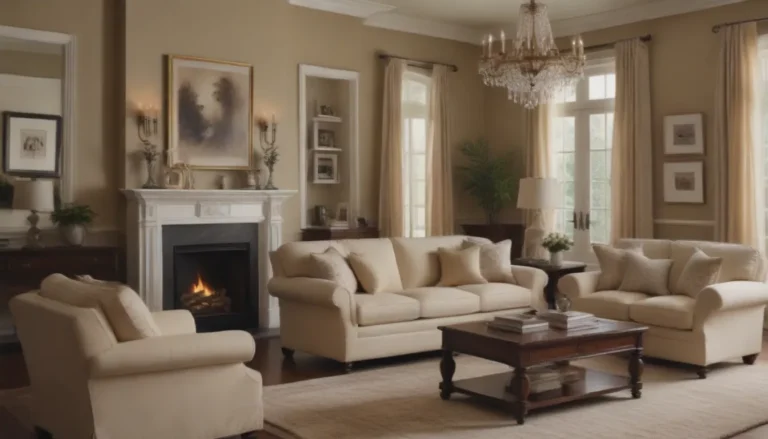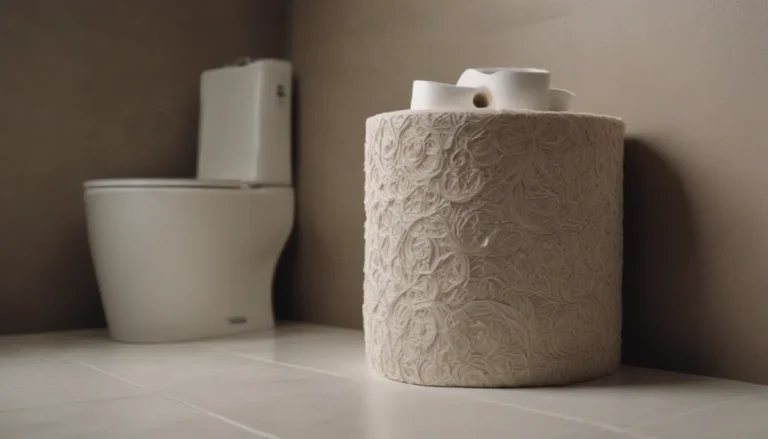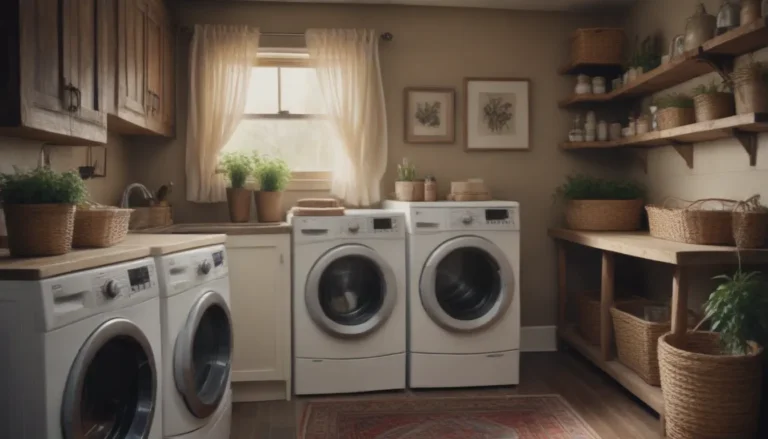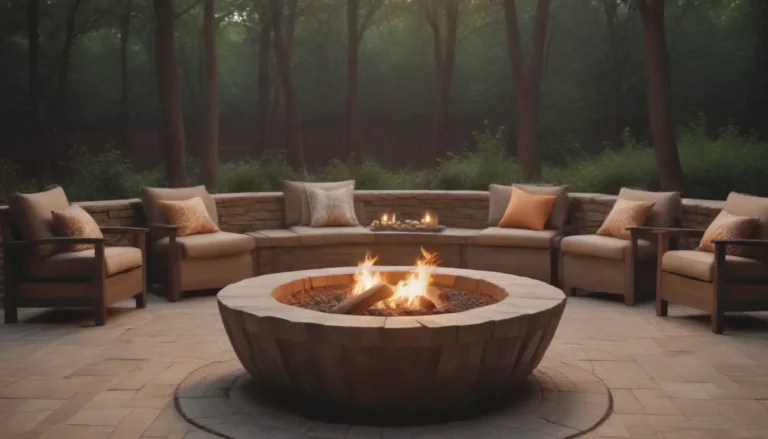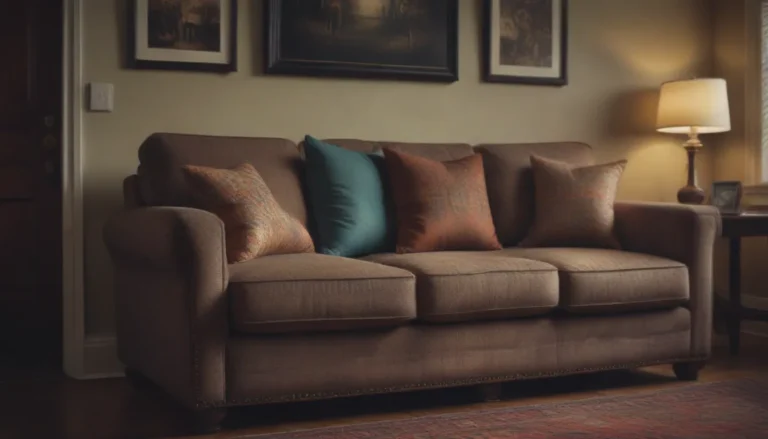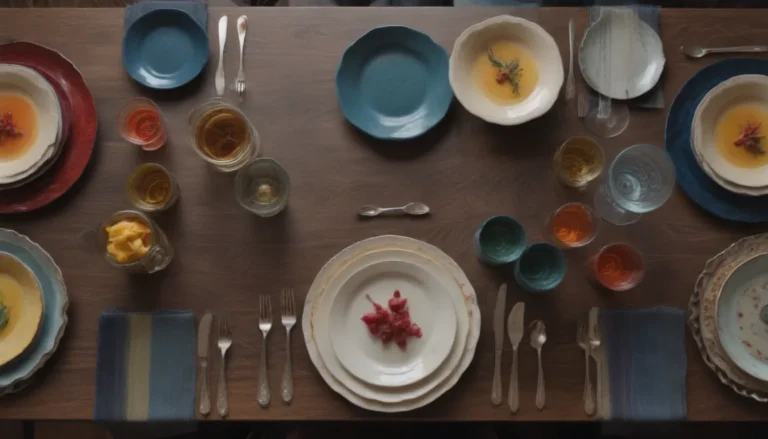Mastering Color Schemes with the Color Wheel
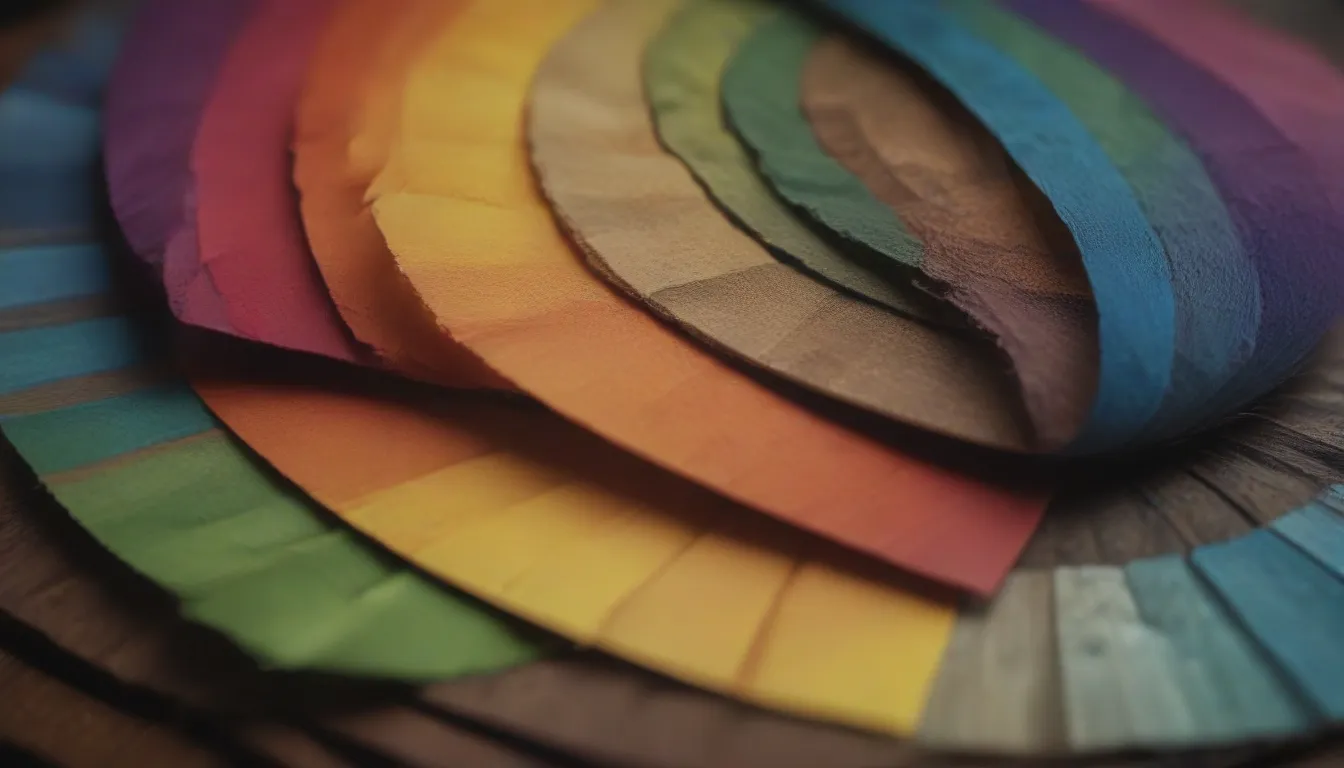
Are you ready to unlock the secrets of color harmony and unleash your creativity? The color wheel is your ultimate tool for navigating the vast world of colors and creating stunning color schemes that will elevate your home decor, wardrobe, artwork, and more. In this comprehensive guide, we will delve deep into the color wheel and explore how you can harness its power to create beautiful and balanced color combinations.
Color Theory Demystified
Before we dive into the nitty-gritty of color schemes, let’s take a moment to understand the basics of color theory. The color wheel is not just a pretty circle with a rainbow of colors – it’s a practical tool that explains how colors interact with each other and how they influence our emotions and perceptions. By familiarizing yourself with color theory, you can confidently navigate the world of colors and create visually appealing compositions.
Breaking Down Color Terminology
To fully grasp the concept of color relationships, it’s essential to understand some key terms:
- Primary colors: Red, blue, and yellow form the foundation of all other colors.
- Secondary colors: Colors obtained by mixing two primary colors, such as green, orange, and purple.
- Tertiary colors: Colors created by mixing a primary color with a secondary color, like turquoise or magenta.
- Complementary colors: Colors that are opposite each other on the color wheel and create a dynamic contrast.
- Monochromatic colors: Different shades and tints of the same hue create a harmonious monochromatic color scheme.
- Analogous colors: Colors that are next to each other on the color wheel and create a cohesive, harmonious palette.
- Triadic colors: A color scheme that uses three colors equidistant from each other on the color wheel for a balanced look.
- Tetradic colors: A color scheme that involves four colors in a rectangle on the color wheel for a vibrant and dynamic palette.
- Shades: Darkened versions of a hue by adding black.
- Tints: Lightened versions of a hue by adding white.
- Tones: Colors that are softened by adding gray.
- Hues: Distinct colors on the color wheel.
Crafting Your Color Scheme
Now that you’ve familiarized yourself with the basics of color theory, it’s time to put that knowledge into action and create your own stunning color schemes. Whether you’re decorating your home, designing a piece of art, or putting together an outfit, the color wheel is your guide to perfect color harmony.
Monochromatic Color Scheme
If you prefer a clean and sophisticated look, consider a monochromatic color scheme. This scheme utilizes different shades, tints, and tones of the same hue to create a subtle and elegant palette. For example, pairing various shades of blue can result in a calming and cohesive color scheme for a bedroom or living room.
Complementary Color Scheme
For a bold and striking look, embrace the complementary color scheme. Choose colors that are opposite each other on the color wheel, such as blue and orange or red and green, to create a dynamic contrast that pops. This scheme is perfect for creating eye-catching artwork or adding a vibrant touch to your home decor.
Analogous Color Scheme
If you’re looking for a harmonious and calming color palette, the analogous color scheme is your best bet. Pick colors that are next to each other on the color wheel, like blue and green or red and orange, for a seamless and cohesive look. This scheme works wonders in creating a sense of unity and tranquility in any space.
Triad Color Scheme
For a balanced and dynamic color palette, consider the triad color scheme. This scheme uses three colors that are evenly spaced on the color wheel, such as red, yellow, and blue, to create a visually appealing composition. By combining warm and cool hues in a triad scheme, you can achieve a vibrant and harmonious look that is sure to impress.
Split-Complementary Color Scheme
If you’re looking to add a twist to the classic complementary color scheme, the split-complementary scheme is the way to go. This scheme involves choosing a base color and then selecting the two colors adjacent to its complement for a more nuanced and balanced palette. For example, pair blue with yellow-orange and red-orange for a sophisticated and coordinated color scheme.
Tetradic Color Scheme
For those who crave variety and excitement in their color palettes, the tetradic color scheme is the perfect choice. This scheme incorporates four colors that form a rectangle on the color wheel, offering a diverse and dynamic palette. By carefully selecting the right hues, you can create a visually stunning composition that is full of energy and personality.
Understanding Warm vs. Cool Colors
One of the key distinctions in color theory is the differentiation between warm and cool colors. Understanding the characteristics of warm and cool colors can help you create mood and atmosphere in your designs.
Warm colors, such as red, yellow, and orange, evoke feelings of energy, passion, and warmth. These hues are perfect for creating a cozy and inviting ambiance in your home decor or adding a pop of excitement to your artwork.
On the other hand, cool colors, like blue, green, and violet, are known for their calming and soothing effects. These colors are ideal for creating a sense of tranquility and serenity in your living space or conveying a sense of cool sophistication in your designs.
While the distinction between warm and cool colors may seem straightforward, it’s essential to note that there are variations within each color family. For example, a warm green with yellow undertones can feel vibrant and energetic, while a cool red with blue undertones can exude a sense of calm and elegance. By paying attention to these nuances, you can create compelling and nuanced color schemes that capture the mood and essence of your design.
Color Schemes vs. Color Palettes
As you delve into the world of color theory and explore different color schemes, you may come across the terms “color scheme” and “color palette.” While these phrases are often used interchangeably, they have distinct meanings in the realm of design.
A color scheme refers to a set of colors that work together harmoniously based on color theory principles. Whether you’re using complementary colors for a striking contrast or analogous colors for a seamless blend, a color scheme guides the overall aesthetic of your design and ensures visual cohesion.
On the other hand, a color palette is a curated selection of colors that reflect a specific mood, theme, or style. While a color scheme follows predetermined color relationships, a color palette allows for more creative freedom and personal expression. By selecting colors that resonate with your vision and evoke the desired emotions, you can tailor your color palette to suit your unique taste and design preferences.
Choosing the Right Color Wheel
To make the most of the color wheel and create stunning color schemes with ease, it’s essential to choose the right tool for the job. When selecting a color wheel, look for one that not only displays a range of colors but also illustrates color relationships and schemes. A color wheel with a clear and concise layout will help you experiment with different color combinations and find the perfect palette for your project.
Tips for Using the Color Wheel Effectively
- Experiment with different color schemes: Use the color wheel to explore various color combinations and find the one that speaks to you.
- Refer to color relationships: Take advantage of the color wheel to discover complementary, analogous, and triadic color schemes that work best for your design.
- Consider warm vs. cool colors: Use the color wheel to identify warm and cool colors and create the desired mood and atmosphere in your designs.
Embrace Your Creative Potential
With the knowledge and tools provided in this guide, you are well-equipped to harness the power of the color wheel and create stunning color schemes that elevate your designs to new heights. Whether you’re adorning your living space with a fresh coat of paint, designing a captivating piece of art, or revamping your wardrobe with a pop of color, the color wheel is your trusted companion on your creative journey.
So, go ahead and unleash your creativity, experiment with different color schemes, and let your imagination soar. With the color wheel as your guide, the possibilities are endless, and your designs are sure to leave a lasting impression. Happy designing!
